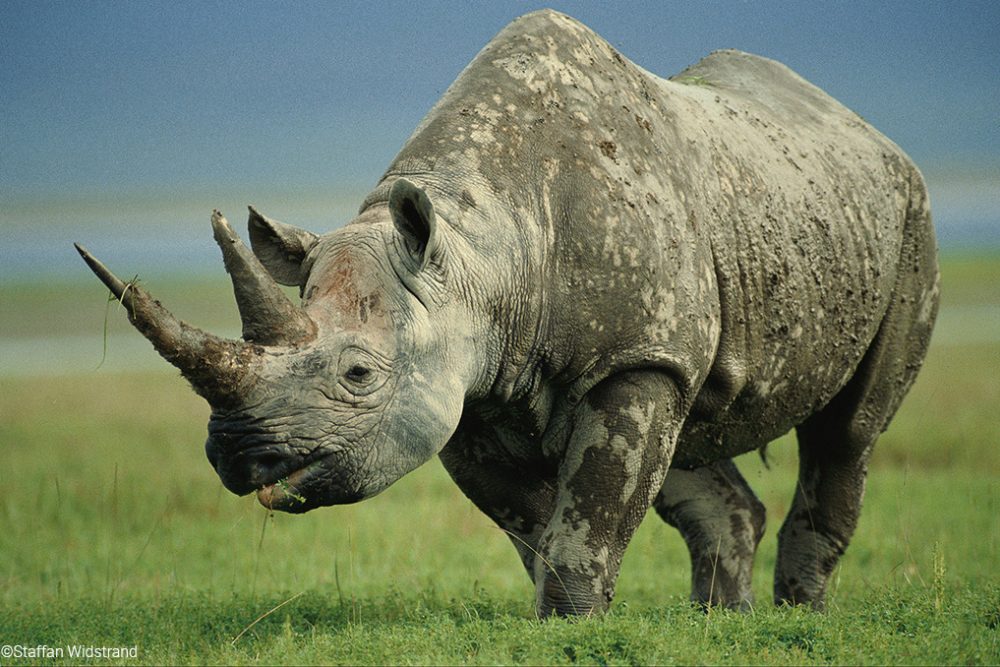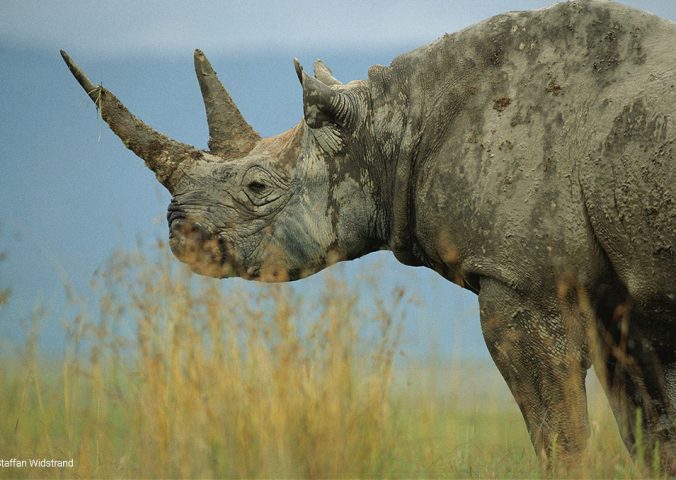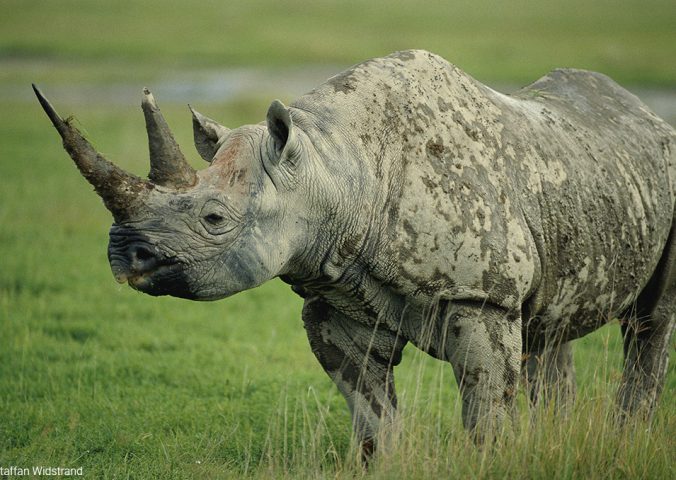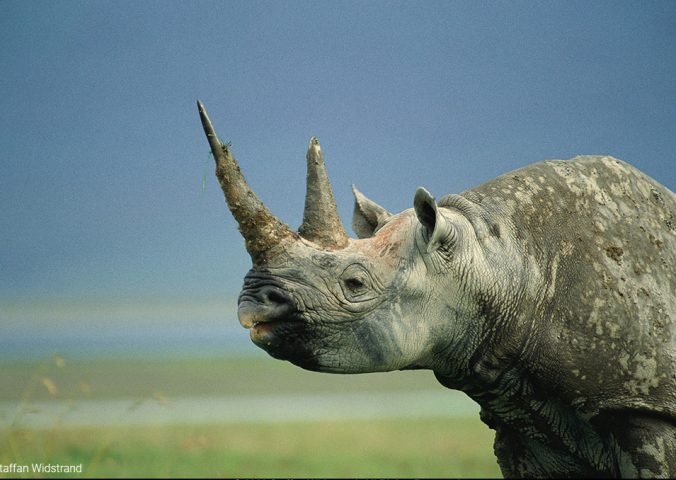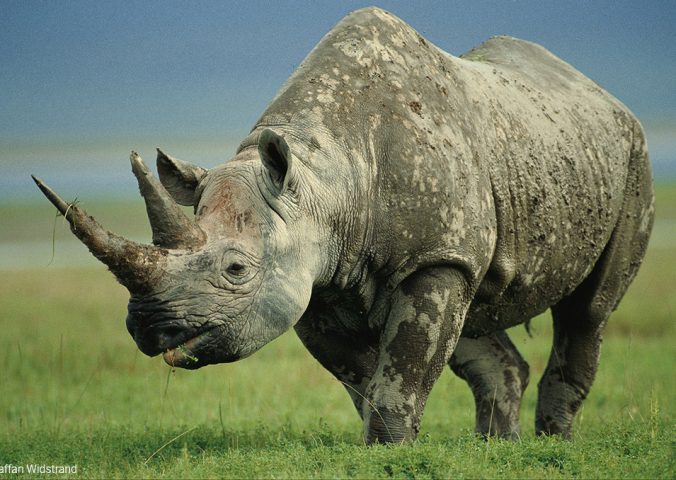About
The black rhinoceros has four subspecies, one of which was declared extinct in 2011, with two others critically endangered.
Rhinos, along with equids and tapirs, are the only surviving members of an ancient and formerly diverse group of ungulates, which originated around 50 million years ago. The black rhino has a prehensile (or grasping) upper lip, which it uses to draw plant material into its mouth. Their population decreased by a massive 96% between 1970 and 1992, the largest decline of any rhino species. The black rhino has been the victim of persecution for being seen as volatile and dangerous over the 20th century, but in recent years its major threat comes from poaching for the international rhino horn trade. The rhino horn is made out of simple keratin; the same protein as our and all mammals’ hair and nails are made from. Despite this, they are used in Chinese medicine for an array of unrelated illnesses; fueling the rhino horn trade. They also face threats from habitat changes, competing species and alien plant invasions.
- Order: Perissodactyla
- Family: Rhinocerotidae
- Population: 4,880
- Trend: increasing
- Size: 3-3.75m
- Weight: 800-1,400kg
Distribution
Black Rhinoceros were once found throughout sub-Saharan Africa, with the exception of the Congo Basin. Today the main populations live in reserves in South Africa, Namibia, Zimbabwe, Tanzania and Kenya.
Habitat and Ecology
Black Rhinoceros are found in a variety of habitats, including grasslands, savannas and shrublands, although their preferred habitat is the transitional zone between grassland and forest. Black rhinos are restricted to areas within 25km of a permanent water source and are browsers, feeding on a wide variety of plant material, such as leaves and twigs of woody plants and legumes, supplemented with minerals obtained from salt-licks. Black rhinos are generally solitary, although small groups often congregate at wallows and salt-licks.
